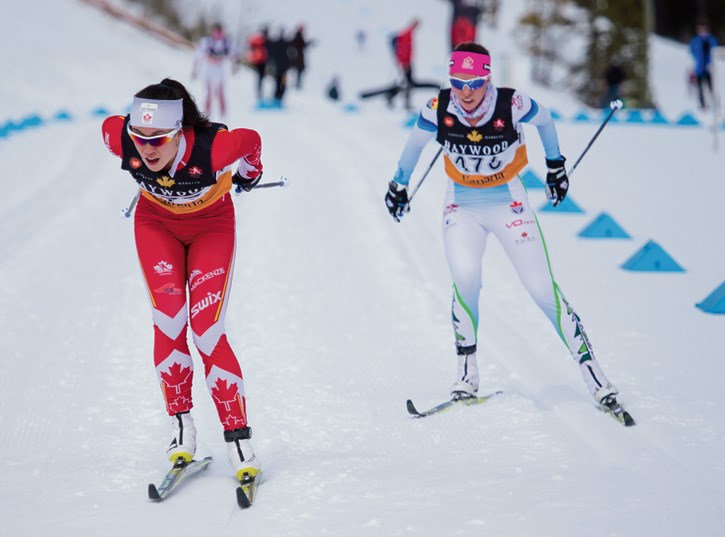CANMORE – Nordiq Canada’s new national ski team (NST) selection criteria made it known it's rewarding performance-based results this season than the previously objective and subjective picks.
Under the new selection process for 2021-22, released in January, three levels of criteria (A, B, C) will reflect on cross-country ski athletes’ individual performances in national and international competitions, with level A criteria, such as a top 3 world cup finish, being the highest grade one can achieve.
Kate Boyd, Nordiq Canada’s new high performance director (HPD) who has final say for NST selections, said the new criterion moves the governing body into a new and exciting direction.
“For us, having an A, B, and C level criteria, which is really evidence-based, so we want to get Canada back on podiums and being a top performing nation and so we’re looking at what it’s going to take to get us there,” said Boyd.
“There’s clarity and you can see what the expectations are moving down (the criteria).”
The NST is made up of world cup, senior development and junior development teams. In the criteria, it has performance benchmarks based on age, and those in the A level will have access to more national team programs.
“We’re in a redevelopment time, so we’re expecting to have more B and C standards right now, but we’re certainly expecting to be moving the needle and getting those A standard athletes, which will get us the performances we’re looking for to be competitive again,” said Boyd.
The previous selection criteria came under fire after the 2020-21 NST was announced last spring, cutting out top performing athletes in favour of a young core that would be in development over the next two Winter Olympics.
Created in 2019 by 18 members of the High Performance Committee, it factored in objective choices such as race results, and also subjective choices such as indication of medal potential, benchmarked by key performances, and results relative to athlete's age, among others.
The fallout resulted in at least one appeal against Nordiq Canada, which was won by six-time NST athlete Katherine Stewart-Jones, who returned to the national team this season.
A week after the 2020-21 team was announced, former CEO Shane Pearsall resigned after four years at Nordiq Canada to spend more time with his family.
Nic Lemyre, who served part-time in the HPD role, was replaced a few months later by Boyd.
In an interview with the Outlook last October, Stéphane Barrette, Nordiq Canada’s CEO, said one of his first acts as boss of the governing body would be to revise the selection criteria to make it more “transparent” and “fair.”
Having taken over as HPD from Boyd last September, Boyd wasn’t a part of creating the last criteria, but said the 2021-22 selection criteria is “absolutely” what it was set out to be.
“I think it’s quite clear and I think there’s a lot of options and different ways for different ages to make the team, too,” Boyd said. “It’s not one standard for all; it’s based on age progressions and what we know.”
With the ongoing pandemic influencing competition, Nordiq Canada notes that amendments to the criteria could be made.




